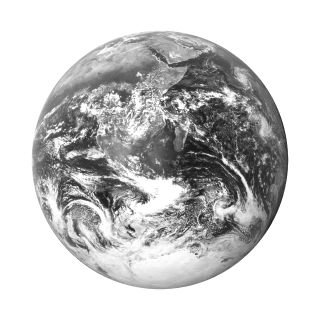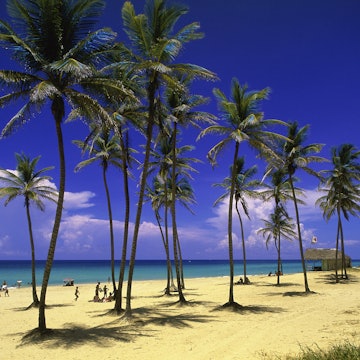
Overview
On first impressions, Havana can seem like a confusing jigsaw puzzle, but work out how to put the pieces together and a beautiful picture emerges.
Plan your trip with Guide, an AI travel planner!
Create a personalized trip itinerary in seconds using artificial intelligence.
Must-see attractions
Planning Tools
Expert guidance to help you plan your trip
Best Things to Do
Cuba's colorful capital offers much more than just classic cars and crumbling colonial buildings. Here are Havana's best experiences.
Read full article
Best Time to Visit
Plan the best time for your visit to Cuba's capital with our seasonal guide.
Read full article
Things to Know
Havana is a charming city that easily woos every visitor. But some insider tips will make your trip much easier – here are 20 things to know before you go.
Read full article
Transportation
From vintage cars and three-wheeled coconuts to bikes and bus tours, here's everything you need to know about navigating Havana, Cuba.
Read full article
Free Things to Do
Experiencing all the incredible things Havana has to offer doesn't have to empty your wallet. Here are the best free things to do in Cuba's capital city.
Read full article
Best Neighborhoods
Get to know Havana by diving into its neighborhoods. To find out what makes the city tick, visit at least three of the neighborhoods on our list.
Read full article
Day Trips
Escape the hectic buzz of Havana and learn more about Cuban culture on a day trip. These are 6 of our favorites, all within a two-hour trip from the capital.
Read full article
Money and Costs
The Cuban capital is a wonderfully vibrant city and you don't need to break the bank to see it. Here's how to visit Havana on a budget.
Read full article
Traveling with Kids
Expect your children to be fussed over in Cuba, where the family is at the heart of everything. Here are the best things to do with kids.
Read full article
Get a book. Get inspired. Get exploring.
in partnership with getyourguide















